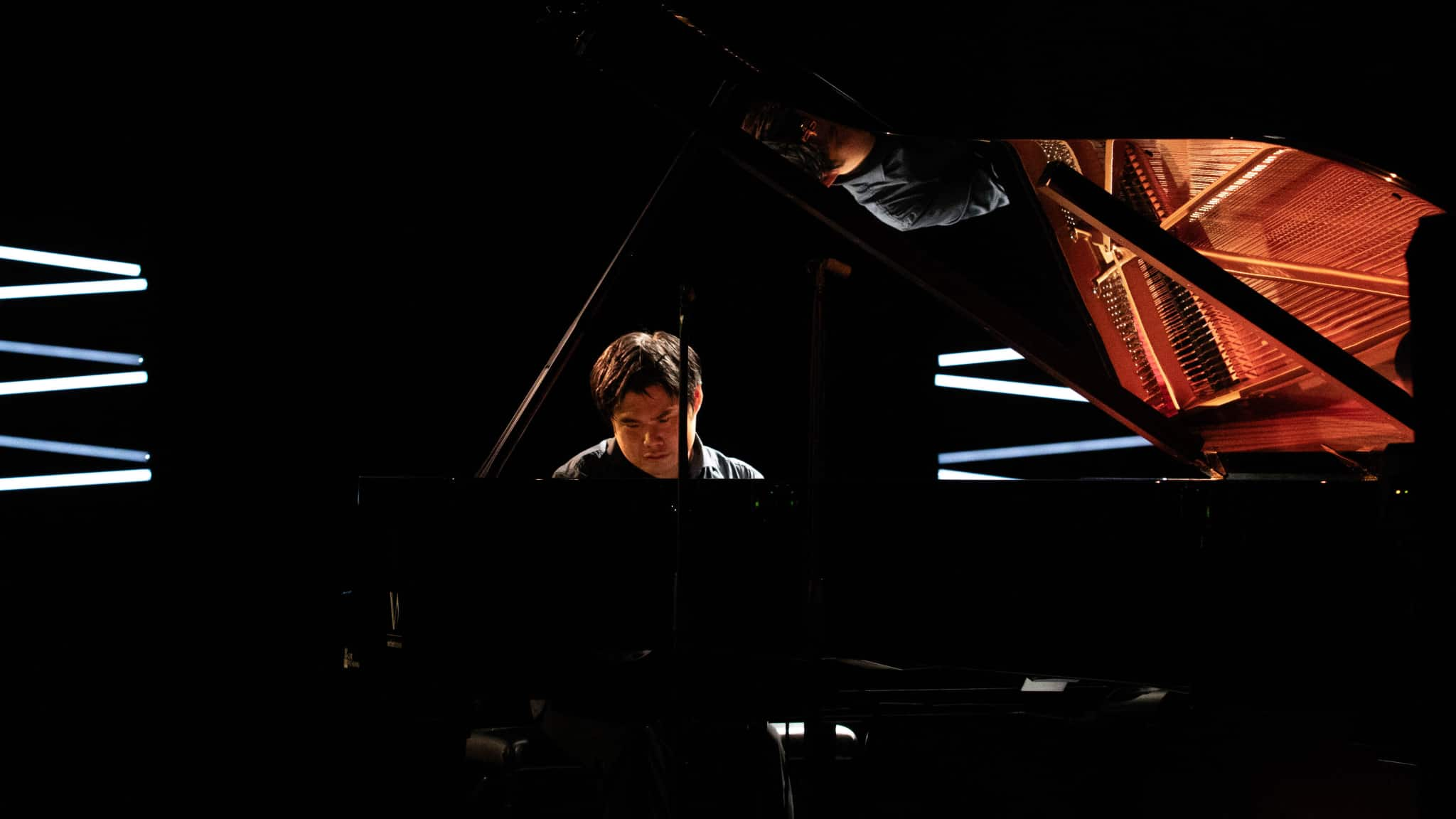Nikolai Kapustin: A Fusion of Jazz and Classical Music
Nikolai Kapustin (1937–2020) was a Ukrainian-born Russian composer and pianist, celebrated for his unique fusion of jazz idioms with classical music forms and techniques. Born in Gorlovka (Horlivka), Ukraine, on 22 November 1937, he moved to Moscow at age 14, where he studied piano under Avrelian Rubakh, a pupil of Felix Blumenfeld who also taught Vladimir Horowitz.
From 1956 to 1961, Kapustin studied at the Moscow Conservatory with Alexander Goldenweiser, while simultaneously playing in jazz ensembles. He even led his own quintet and performed with Yury Saulsky’s Big Band. His breakthrough as a composer came in 1957 with his Concertino for piano and orchestra, Op. 1, written for Saulsky’s band. After graduation, he joined Oleg Lundstrem’s orchestra as a pianist and composer, touring extensively in the Soviet Union.
Kapustin's Career and Style
Throughout the 1970s, Kapustin worked with the orchestra of Boris Karamischev, which included strings. This influenced his Piano Concerto No. 2, Op. 14, which uniquely features strings as opposed to his earlier concerto. He became a member of the Union of Russian Composers in 1980, and from 1984 onward, he increasingly focused on composition as a freelancer.
Kapustin's distinctive style combines jazz rhythm, harmony, and improvisational idioms with classical structures such as sonatas, sonatinas, concertos, preludes, fugues, suites, variations, nocturnes, and berceuses. Some hallmark works illustrating this fusion include the Suite in the Old Style, Op. 28 (1977), which mirrors Baroque suites like those of Bach, and the 24 Preludes and Fugues, Op. 82, composed in 1997, systematically exploring all 24 keys in a manner inspired by Bach, Chopin, Scriabin, and Shostakovich.
Despite the overt jazz character of his music, Kapustin did not consider himself a jazz musician. He once stated, "I never sought to be a true jazz pianist, but I had to be on account of my composing. I am not interested in improvisation – and what is a jazz musician without improvisation?"












